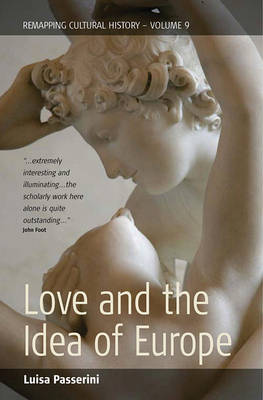Remapping Cultural History
1 primary work • 2 total works
Book 9
It has often been assumed that Europeans invented and had the exclusive monopoly over courtly and romantic love, commonly considered to be the highest form of relations between men and women. This view was particularly prevalent between 1770 and the mid-twentieth century, but was challenged in the 1960s when romantic love came to be seen as a universal sentiment that can be found in all cultures in the world. However, there remains the historical problem that the Europeans used this concept of love as a fundamental part of their self-image over a long period (traces of it still remain) and it became very much caught up in the concept of marriage. This book challenges the underlying Eurocentrism of this notion while exploring in a more general sense the connection between identity and emotions.
v. 9
It has often been assumed that Europeans invented and had the exclusive monopoly over courtly and romantic love, commonly considered to be the highest form of relations between men and women. This view was particularly prevalent between 1770 and the mid-twentieth century, but was challenged in the 1960s when romantic love came to be seen as a universal sentiment that can be found in all cultures in the world. However, there remains the historical problem that the Europeans used this concept of love as a fundamental part of their self-image over a long period (traces of it still remain) and it became very much caught up in the concept of marriage. This book challenges the underlying Eurocentrism of this notion while exploring in a more general sense the connection between identity and emotions.

